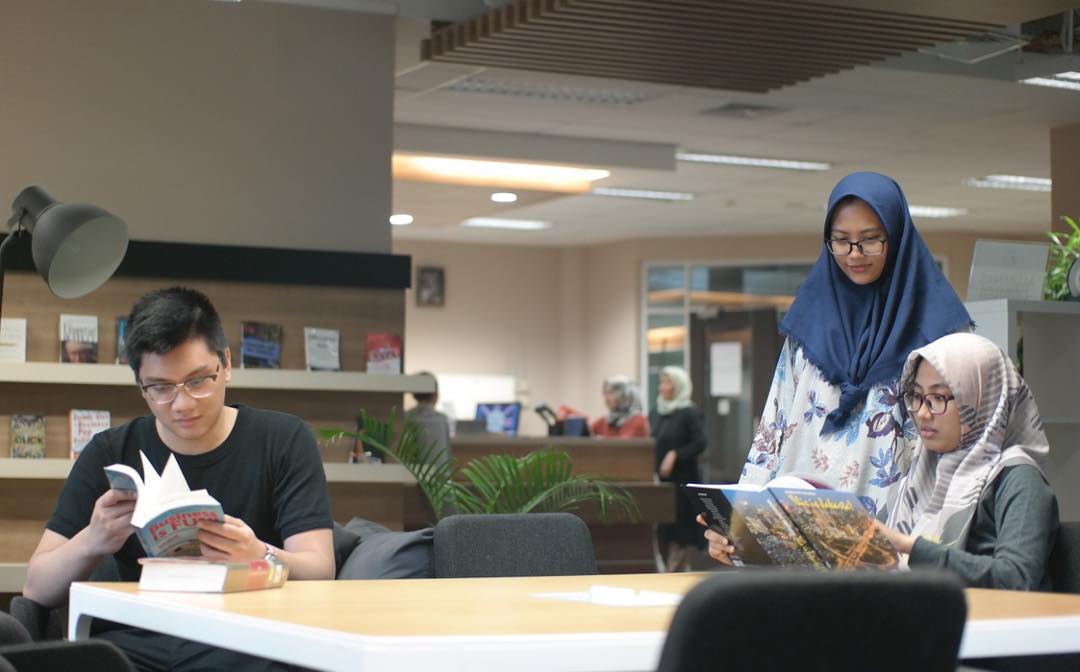Rujito and Bahar, Saleh and Maskuri, Sri Rahayu and Willar, Fentje and Sina, Ibnu (2007) Indomie Brand Win-Back Strategy : Capturing Competitive Positions in The Costumer Mind. Project Report. Sekolah Tinggi Manajemen IPMI, Jakarta Selatan. (Unpublished)
|
Image
351_Indomie Brand Win-Back Strategy (Capturing Competitive Positions in The Costumer Mind).pdf Restricted to Registered users only Download (22MB) |
Abstract
The project is aimed to evaluate and analyze the impact of the fierce battle in Instant noodle market toward the position of Indomie brand in tho consumer mind. In this study, PT Cahaya Citra Cemerlang gave inputs and suggestions on the content of the research. The outcome is a recommendayion for Indofood - the Indomie brand producer to fine-tune their win-back strategy as the dominant market leader. The battle in the instant noodle market was started in 2003 when Wings Food launched the challenger brand, Mie Sedaap. The aggressive marketing activities of Mie Sedaap has given Indomie brand a hard time and as a result, its dominant market leadership position by 90% share in 2003 declined to 67.8% in 2007. Instant noodle consumers consider Mie Sedaap as an interesting option both from the product offering aspect and from the Image built through the campaign. Indofood attempted to regain their market share by doing a lot of activities such as launching Mie Sayap, Sarimi Ekstra and Supermi Sedaap: cutting price in certain locations; doing aggressive promotion of buy 5 get 1; revising the distribution system; doing a lot of research in every district in Indonesia and doing a major launch of Indomie Goreng Kriuk (a line extension). However, winning back the lost share was not that simple. In order to capture the consumer perception toward Indomie brand post attack period, the ethnography research method was conducted in this project. Because of the natural setting, ethnography brings deeper consumer insights and more ability to understand consumer perspectives and behavior. The technique combines observation, in-depth interview and focus group discussions simultaneously. The research findings indicated that Indomie brand is still strong in the consumer mind. However, the fresher image of the new brand, Mie Sedaap should not be neglected as it could be a projection of the future of instant noodle market. Few opportunities were detected from this study such as the needs to enter the kids and/or premium segment. Misperception of unhealtly instant noodle products was coloring the whole discussion with respondents throughout tho study. Recommendations for Indofood include tapping into both the kids and premium instant noodle market, and continuously educate the market on the health aspects. It is basically the discipline of market leader, to be one step ahead of the competitors and clarify the wrong perception of the category.
| Item Type: | Monograph (Project Report) |
|---|---|
| Subjects: | H Social Sciences > H Social Sciences (General) H Social Sciences > HB Economic Theory H Social Sciences > HN Social history and conditions. Social problems. Social reform |
| Divisions: | Library > GFP (Group Field Project) |
| Depositing User: | Dwi Selviyana |
| Date Deposited: | 20 Jan 2020 02:19 |
| Last Modified: | 22 Jan 2020 03:31 |
| URI: | http://repository.ipmi.ac.id/id/eprint/459 |
Actions (login required)
 |
View Item |

